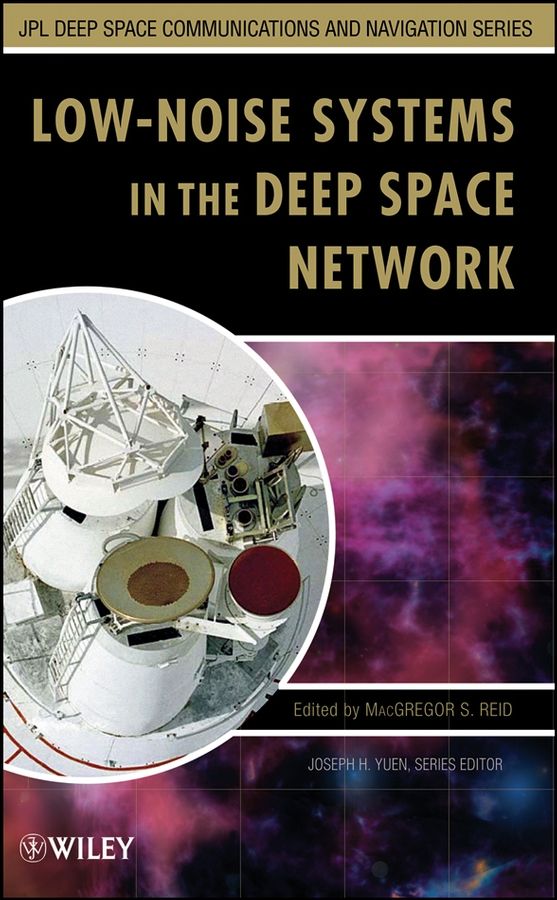DETAILED COVERAGE OF LOW-NOISE SYSTEMS IN THE DEEP SPACE NETWORK <p>This book explores the low-noise microwave systems that form the front end of all DSN ground receiving stations. It explains why the front end of each antenna is key to establishing the sensitivity, polarization, frequency diversity, and capabilities of the receiving chain and, therefore, the entire ground station. The book uses precise definitions, measurements, and calibrations of system noise temperature for the calculations based on IEEE standards—an approach that is not generally used in industry and research—which facilitates clarity, understanding, and cross-referencing throughout the book.</p> <p>With the guidance of this book, readers will gain unprecedented insight into all of the major topics needed to understand how to improve a ground station’s receiving capability. Low-Noise Systems in the Deep Space Network provides:</p> <ul> <li> <p>A description of all internal and external noise elements</p> </li> <li> <p>A complete analysis of ruby maser microwave preamplifiers and closed-cycle refrigerators</p> </li> <li> <p>A comprehensive discussion of high electron mobility transistors (HEMT), including theory, operation, calibration, noise modeling, and characterization</p> </li> <li> <p>A look at external noise and changing atmospheric conditions</p> </li> <li> <p>An overview of antenna gain</p> </li> </ul> <p>All noise contributions in the front end are detailed in their measurement and calibration, with an emphasis on achieving maximum accuracy and precision. Each step is analyzed with mathematical rigor, so that the logic trail can be followed throughout. Conversely, the author also provides the overall summary of measurements, error analyses, and statistical results. The book is complemented with copious photographs, diagrams, graphs, and tables; an extensive list of acronyms and abbreviations; cross-references; and an extended list of equations brought together compactly for easy reference. It is an invaluable resource for designers and operators of communications systems, radio- and radar-astronomy stations, space-research facilities, and interferometry observatories. It is also suitable for a range of scientists, engineers, and management personnel, and advanced undergraduate and graduate students in engineering and mathematics.</p>
Low-Noise Systems in the Deep Space Network
₹16,492.00
This book is currently not in stock. You are pre-ordering this book.




